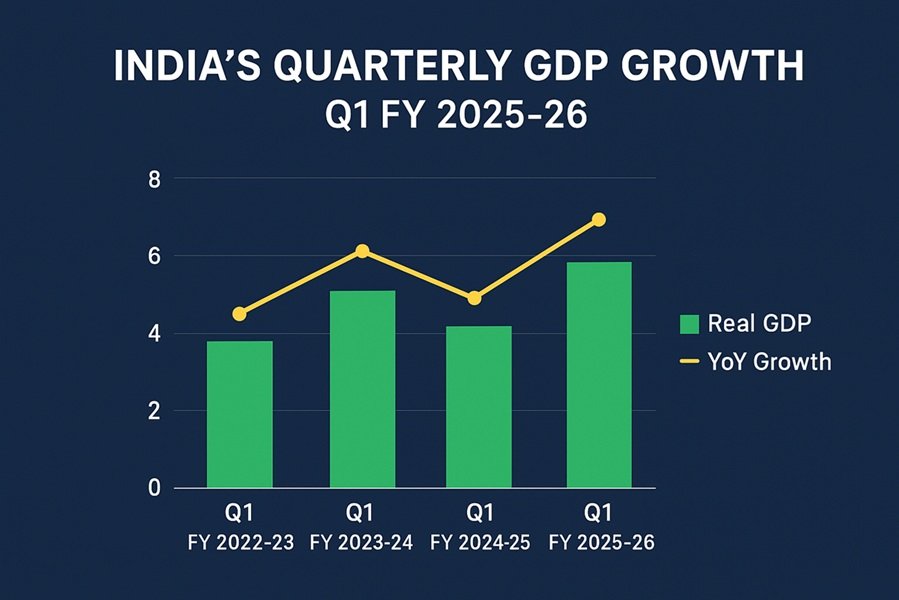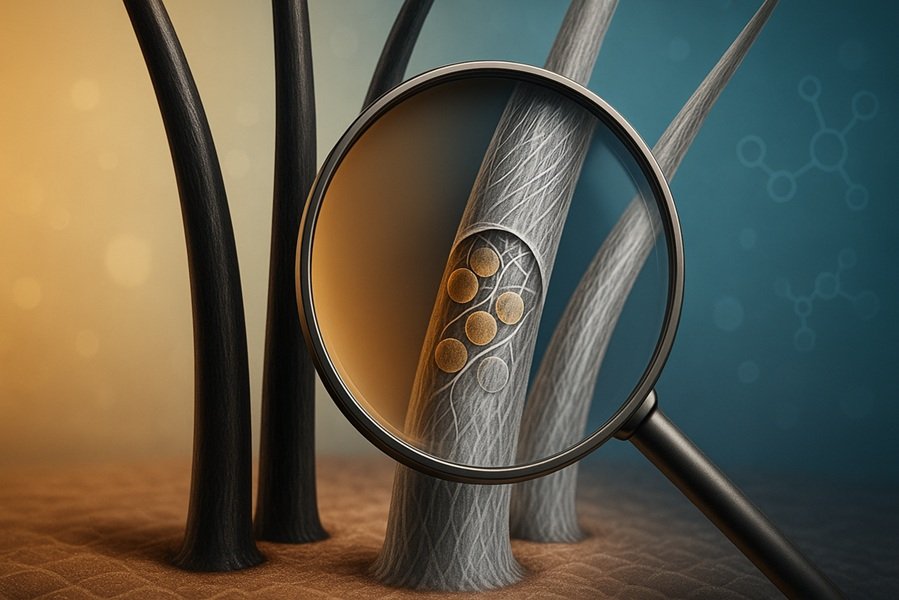
Goods and Services Tax (GST) is a unified tax system in India that replaced multiple indirect taxes. It is structured into four components: Central GST (CGST), State GST (SGST), Integrated GST (IGST), and Union Territory GST (UTGST). Understanding these components is crucial for businesses to ensure compliance and efficient tax management.
1. Overview of GST Structure
GST is a destination-based tax levied on the supply of goods and services. It ensures uniformity in taxation across the country and eliminates the cascading effect of taxes. The GST structure is divided into:
- CGST (Central Goods and Services Tax)
- SGST (State Goods and Services Tax)
- IGST (Integrated Goods and Services Tax)
- UTGST (Union Territory Goods and Services Tax)
2. Central Goods and Services Tax (CGST)
What is CGST?
CGST is the tax levied by the central government on intra-state supplies of goods and services.
Key Features:
- Applicable along with SGST for intra-state transactions.
- Collected by the central government.
- Rates are as per GST Council recommendations.
- Businesses can claim Input Tax Credit (ITC) on CGST paid.
Example:
If a business in Delhi sells goods worth Rs. 10,000 within Delhi and the GST rate is 18%, the tax will be:
- CGST: 9% (Rs. 900)
- SGST: 9% (Rs. 900)
3. State Goods and Services Tax (SGST)
What is SGST?
SGST is the tax levied by state governments on intra-state transactions of goods and services.
Key Features:
- Levied along with CGST on intra-state transactions.
- Collected by the respective state government.
- ITC can be claimed against SGST paid.
Example:
Continuing from the earlier example, if a business in Maharashtra sells goods within the state at a GST rate of 12%, the tax split will be:
- CGST: 6%
- SGST: 6%
4. Integrated Goods and Services Tax (IGST)
What is IGST?
IGST is applied to inter-state transactions and is collected by the central government.
Key Features:
- Levied on inter-state supply of goods and services.
- Collected by the central government and distributed to the destination state.
- ITC on IGST can be used to offset IGST, CGST, or SGST liabilities.
Example:
If a business in Karnataka sells goods to a customer in Tamil Nadu for Rs. 20,000 at an 18% GST rate, the entire 18% (Rs. 3,600) will be IGST.
5. Union Territory Goods and Services Tax (UTGST)
What is UTGST?
UTGST is applicable in Union Territories without legislatures and is levied along with CGST on intra-UT supplies.
Key Features:
- Applied in Union Territories like Chandigarh, Lakshadweep, and Andaman & Nicobar Islands.
- Works similarly to SGST but is collected by the UT government.
- Ensures uniform taxation within Union Territories.
Example:
If a business in Andaman and Nicobar Islands sells goods worth Rs. 5,000 at a 12% GST rate, the tax distribution will be:
- CGST: 6%
- UTGST: 6%
6. Key Differences Between CGST, SGST, IGST, and UTGST
| Feature | CGST | SGST | IGST | UTGST |
|---|---|---|---|---|
| Applicable On | Intra-state | Intra-state | Inter-state | Intra-UT |
| Collected By | Central Govt. | State Govt. | Central Govt. | UT Govt. |
| ITC Utilization | Against CGST & IGST | Against SGST & IGST | Against IGST, CGST & SGST | Against UTGST & IGST |
7. Compliance and Filing Requirements
- Intra-State Transactions: Businesses must file GST returns reporting CGST and SGST/UTGST.
- Inter-State Transactions: Businesses must report IGST in their GST filings.
- Input Tax Credit (ITC): ITC is available based on CGST, SGST, IGST, and UTGST paid.
Conclusion
Understanding the GST structure helps businesses comply with tax regulations and optimize tax payments. By properly categorizing transactions under CGST, SGST, IGST, or UTGST, businesses can ensure correct tax filing and avail input tax credits effectively.







